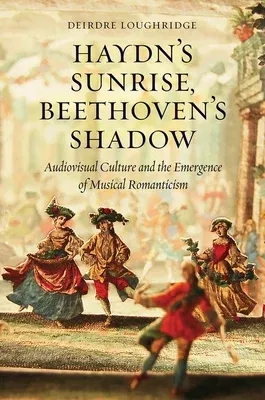Deirdre Loughridge
(Author)Haydn's Sunrise, Beethoven's Shadow: Audiovisual Culture and the Emergence of Musical RomanticismHardcover, 6 September 2016

Qty
1
Turbo
Ships in 2 - 3 days
In Stock
Free Delivery
Cash on Delivery
15 Days
Free Returns
Secure Checkout

Print Length
328 pages
Language
English
Publisher
University of Chicago Press
Date Published
6 Sep 2016
ISBN-10
022633709X
ISBN-13
9780226337098
Description
Product Details
Author:
Book Format:
Hardcover
Country of Origin:
US
Date Published:
6 September 2016
Dimensions:
23.11 x
15.49 x
2.54 cm
Genre:
18th Century
ISBN-10:
022633709X
ISBN-13:
9780226337098
Language:
English
Pages:
328
Publisher:
Weight:
544.31 gm